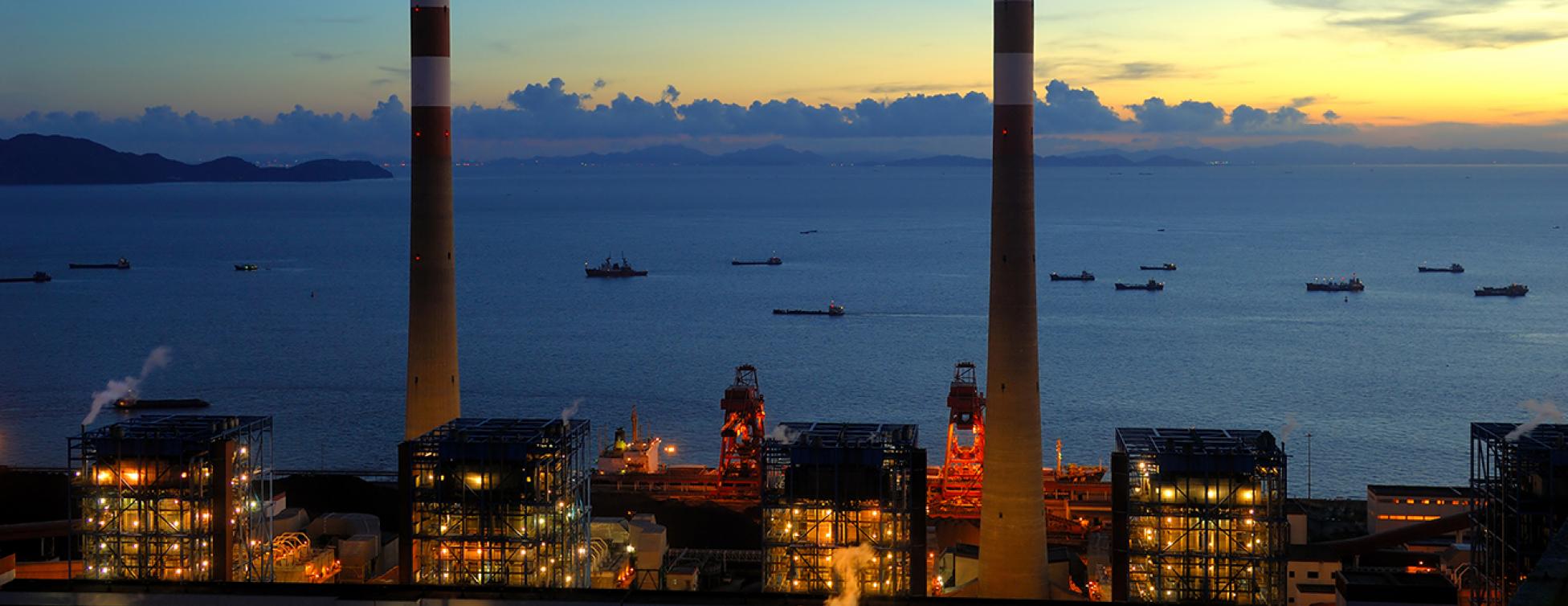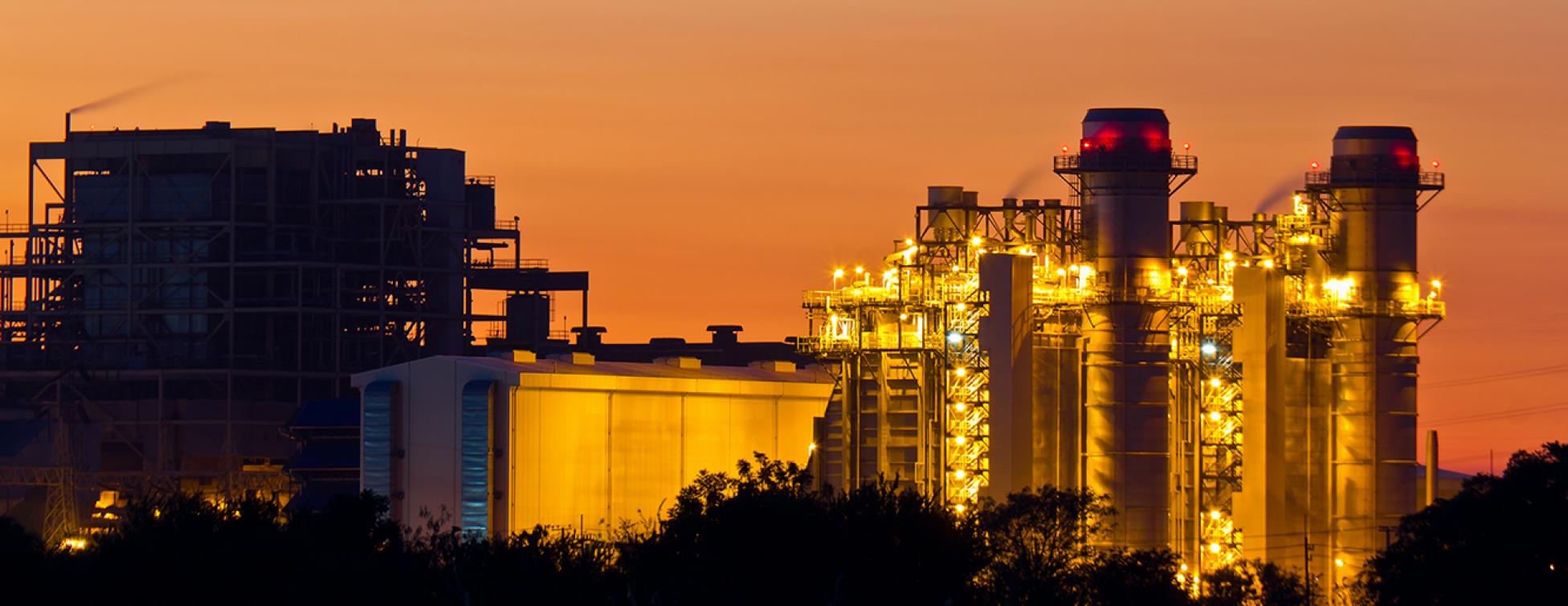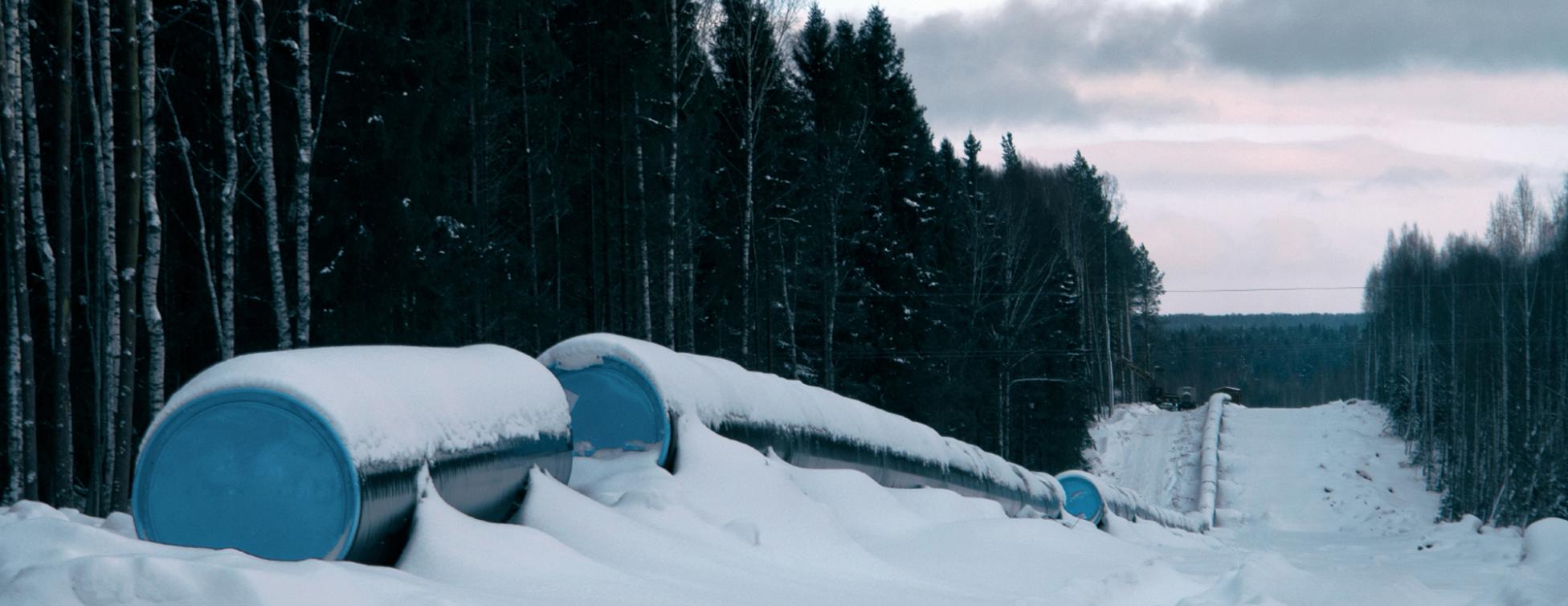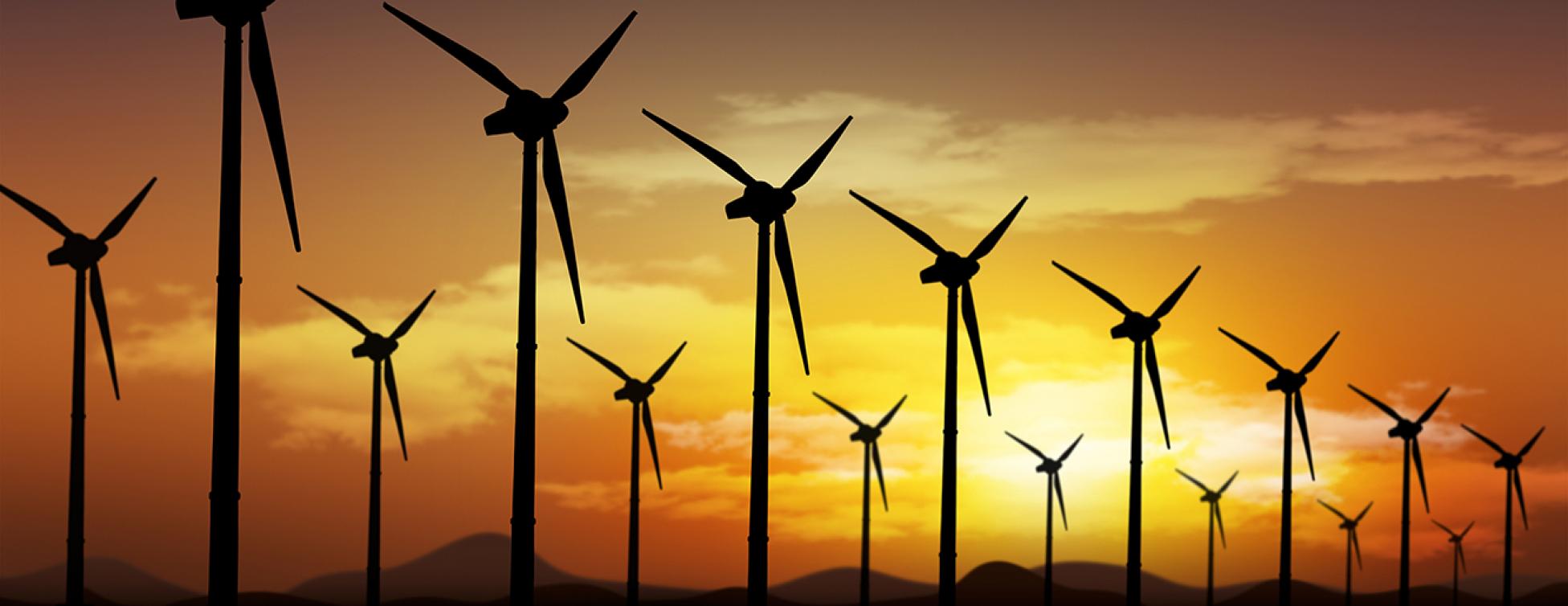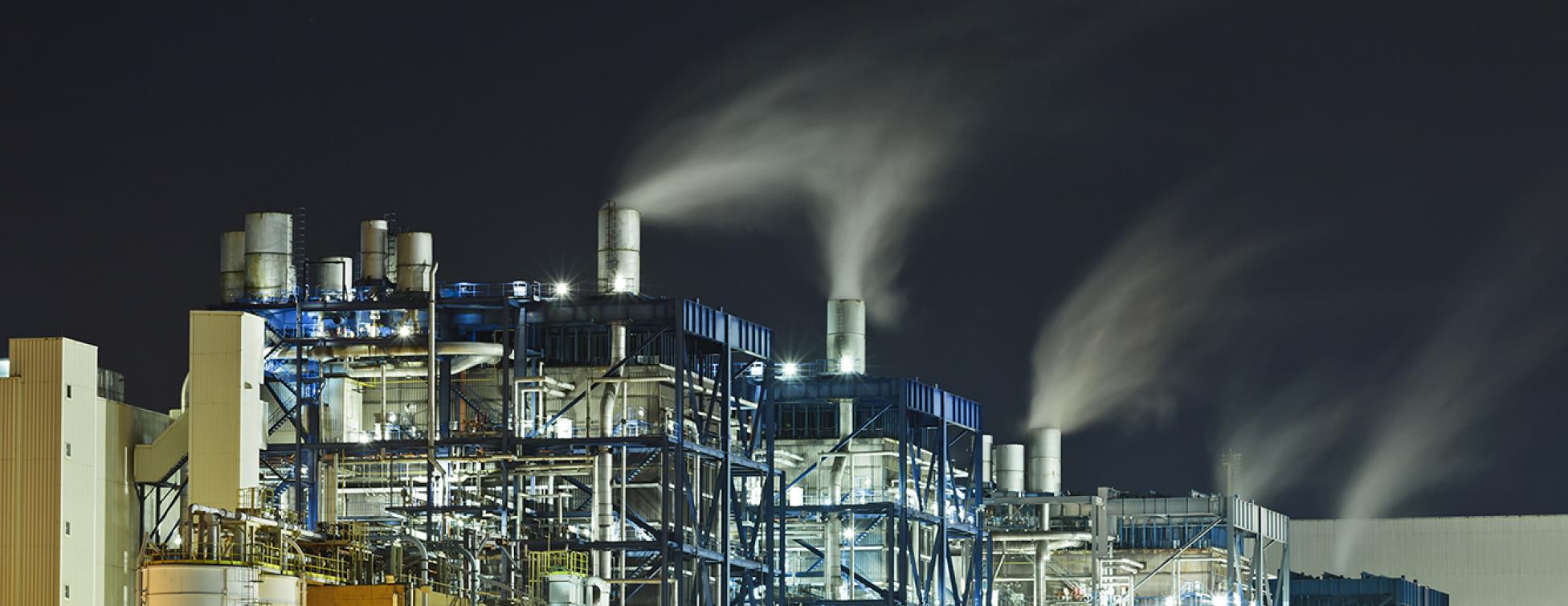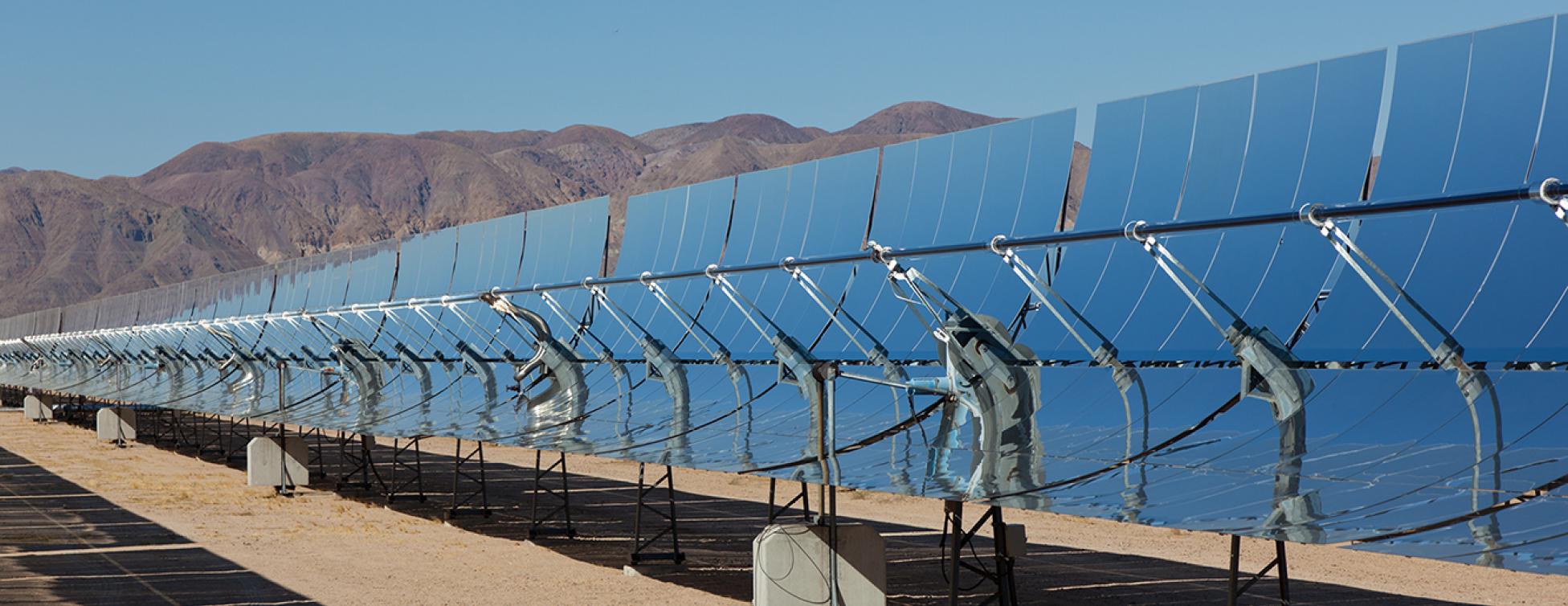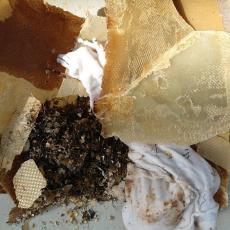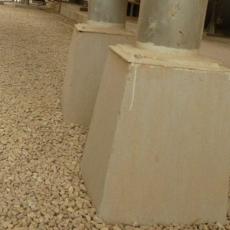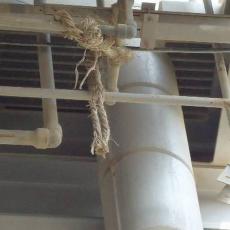April 2019
Failed Expansion Bellows
At a new plant with large-scale desalination operations a recurring failure was noted. Dozens, probably hundreds, of failures of 24” rubber expansion bellows occurred due to incorrect installation.
The summary conclusion in this case is that the contractor provided no training or oversight to piping personnel responsible for installing this engineered device.
Operation of the systems created continuous piping vibration (normal levels) and the environment was quite hot, even the working fluid (seawater) was quite warm so the bellows was probably incrementally more relaxed. However, failure was certainly due to flange-to-flange dimension busts, misalignment of bolt holes, out of square flanges, and an assortment of creative abuse.
Where flange-to-flange distances were not to specification (narrow) the bellows nearly universally failed due to bolting impinging on the rubber outer layer of the bellows.
This defect could have easily been spotted by engaged contractor supervision, or by an owner’s representative, but neither addressed the problem which is easy to see. The... Read more
None.
Unknown. Device mortality will be a continual O&M cost for the life of the plant, unless piping changes are made during outages.
GRP Joint Fail
EPR evaluated a very large facility that had one of the world’s largest desalination operations at around 250,000,000 gallons per day. An extraordinary facility in terms of scale and elegance of design. But separately, there were quality concerns. The photos are about 12 months after COD, so the plant was effectively new. For context, the seawater and freshwater ‘loops’ in this plant were miles long and complex configuration of GRP (glass reinforced plastic) commonly known as fiberglass.
GRP is an excellent product but requires attention to detail when installed. Joints need to be ‘layed up’ with a carefully proportioned two-part resin over a clean and prepared substrate.
In this plant, chunks of GRP started to appear in the process screens. On further evaluation inside drained circuits and elsewhere via borescope inspection evidence of GRP delamination and shedding at the joints was discovered. If there were a few instances of the problem, it would have been noted and dismissed, but this condition appeared in varying degrees in all the units and interconnecting piping.
The... Read more
None.
Unknown. Consider the primary revenue for this plant is water production and a unit outage costs several $X0,000/day. This could get expensive.
Piers, Sort of
Sometimes people ask us how new plants end up completing so badly. EPR is not typically engaged to develop a well-studied opinion about the details of execution failure, so we tend to stay away from speculation and focus on the task of Verification of Mechanical Completion. However, we can suggest with a high degree of confidence that plants that exit construction/commissioning in poor condition are almost never resulting from engineering failures. Yes, sometimes there are oversights and errors in the plans and specifications, but it is rare enough and usually minor enough to allow us to broadly conclude execution problems are at the site.
This is one example. The drawings indicated a pier design with a spread footing to effectively keep the pier in a fixed position when loaded from pipe stress. However, the site decided to precast piers with a greatly reduced footing area, which contravened the design.
This has resulted in about 300 piers that have settled and been pushed out of plumb by piping forces. Further, the depth of cover is not suitable (<250mm) compared with the original... Read more
Some, but relatively minor. ~$25,000.
The cost of replacement is small compared to the damage to rotating equipment and other components.
Rope Hangers
Piping, particularly hot services (Steam, Feedwater, Condensate), are engineered systems. The stresses induced on the piping, fittings, and valves are controlled through purposeful routing, hanger locations, and hangar properties. This is very important to the longevity of system components. Thermal cycles and other transients accumulate stress-induced damage with time leading to failure, if incorrectly installed. Plant reliability and personnel safety are dependent on proper implementation of the engineer's design.
Given their status as “engineered components” it is hard to reconcile the lack of attention-to-detail observed in the installation of supports/hangers in many recently inspected plants. In some cases, the contractors have been so sloppy as to not even finish installing the required supports/hangers.
After a support/hanger is installed, the contractor must also follow up to assure it's correctly setup (commissioned). Usually, this necessitates a QC step to assure the installation is correct, followed by documented verification of the “hot settings”, and then... Read more
Contractor: No savings; hangers usually purchased; lost/not installed.
Contractor: Usually not very costly. Owner: Can be costly, because of the outages caused by even small piping failures/leaks.

